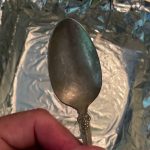Introduction
Tin foil, or aluminum foil, is not just a staple in the kitchen but also a fantastic material for scientific experiments and creative projects. From exploring physics concepts to crafting innovative designs, tin foil offers endless possibilities for both educational and recreational activities. Let’s dive into a series of engaging experiments and projects that showcase the versatility and educational value of tin foil.
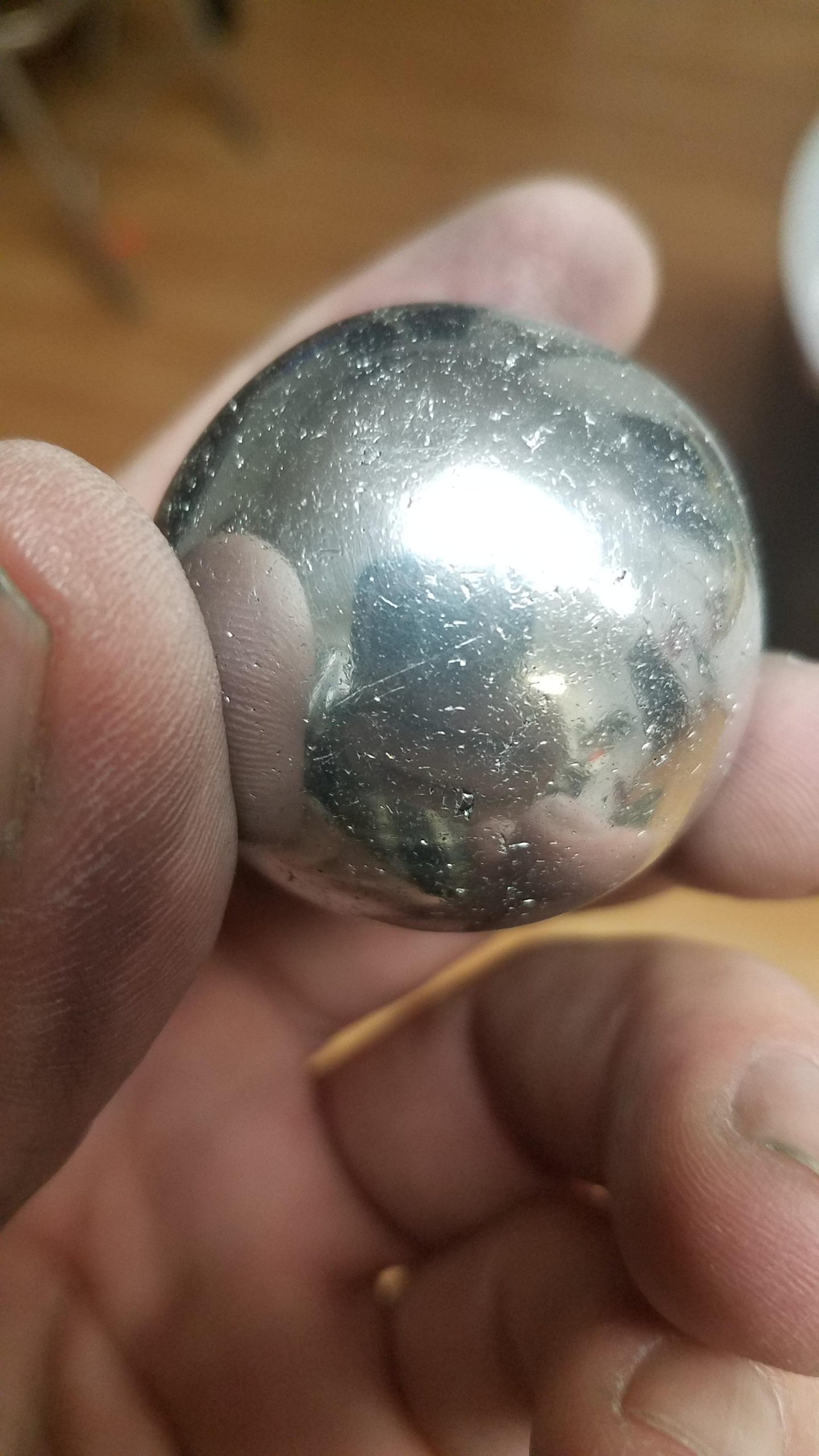
Physics and Engineering Experiments:
- Boat Buoyancy Test:
- Build tin foil boats of varying shapes and sizes.
- Test each boat’s ability to float and carry weights.
- Discuss buoyancy, water displacement, and the principles of flotation.
- Bridge Building Challenge:
- Construct bridges using only tin foil and tape.
- Test the strength of each bridge by gradually adding weights until it collapses.
- Learn about structural engineering, load distribution, and material strength.
- Electricity Conduction Demonstration:
- Create simple circuits using tin foil as conductors.
- Experiment with different configurations to understand how electricity flows.
- Discuss conductivity, resistance, and the basics of electrical circuits.
Chemistry and Materials Science Projects:
- Chemical Reaction Demonstrations:
- Conduct simple chemical reactions involving tin foil.
- Observe reactions with acids (e.g., vinegar) and bases to understand chemical changes.
- Discuss oxidation and corrosion processes in metals.
- Heat Transfer Studies:
- Investigate heat conduction and insulation properties of tin foil.
- Wrap objects with tin foil and expose them to heat sources.
- Measure temperature changes and compare results to explore thermal conductivity.
Artistic and Creative Uses:
- Sculpture and Model Making:
- Sculpt intricate shapes and models using tin foil.
- Explore techniques like folding, crumpling, and molding to create artistic pieces.
- Discuss the malleability and aesthetic potential of tin foil as a medium.
- Reflectivity and Light Experiments:
- Build reflective surfaces using polished tin foil.
- Conduct experiments with light reflection and refraction.
- Explore applications in photography, solar energy, and light-based technologies.
Environmental and Sustainability Activities:
- Recycling and Upcycling Projects:
- Promote environmental awareness by reusing tin foil for creative projects.
- Create eco-friendly decorations, jewelry, or functional items from recycled tin foil.
- Discuss the environmental impact of aluminum production and recycling benefits.
Educational Benefits and Learning Outcomes:
- Critical Thinking and Problem-Solving:
- Encourage students to plan, execute, and analyze results from tin foil experiments.
- Foster creativity through open-ended exploration and design challenges.
- Hands-On Learning Experience:
- Provide tactile learning experiences that complement theoretical knowledge.
- Engage students in active experimentation and observation.
- Cross-Disciplinary Connections:
- Integrate tin foil experiments across STEM disciplines (Science, Technology, Engineering, Mathematics) and beyond.
- Foster connections between art, science, and environmental studies through innovative projects.
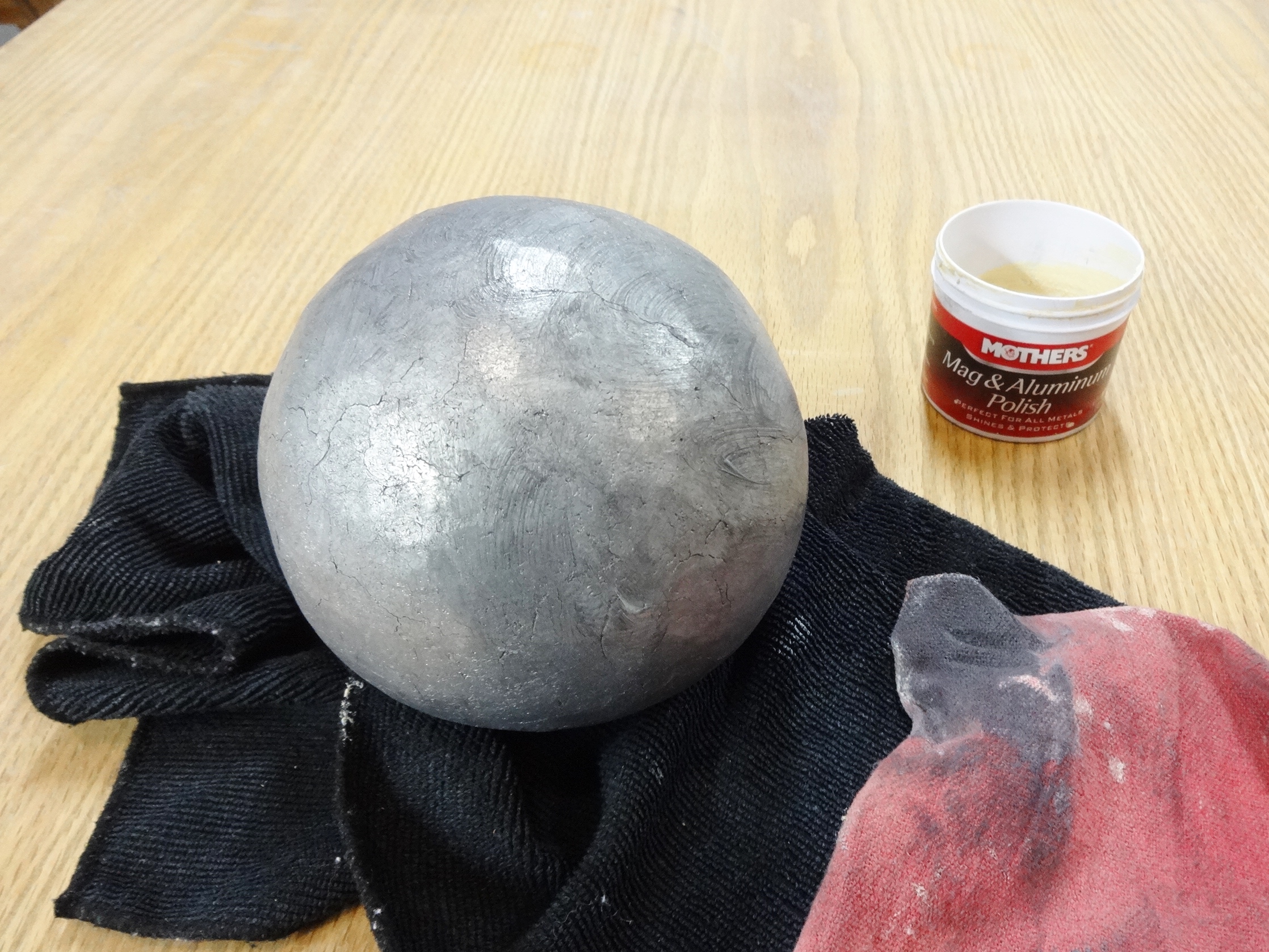
The Basics of Tin Foil
Aluminum foil, commonly referred to as tin foil, is a malleable, lightweight metal sheet used extensively in cooking, packaging, and insulation. Its high conductivity, reflectivity, and recyclability make it an intriguing material for scientific experiments and creative projects.
Conductive Properties: Heating and Cooling Experiments
One of the most straightforward experiments involves using a tin foil ball to demonstrate thermal conductivity. By creating a ball and submerging it in ice water, then transferring it to boiling water, you can observe how quickly the ball adapts to temperature changes. This experiment teaches about heat transfer and the role of metals in conducting heat.
Electricity and Magnetism
Tin foil’s conductive properties also lend themselves to experiments involving electricity. Creating a simple battery-powered circuit using a tin foil ball can illustrate how electricity flows through a conductor. By connecting the foil ball to the terminals of a battery with wires, you can observe the flow of current and even create a rudimentary electromagnet, demonstrating the relationship between electricity and magnetism.
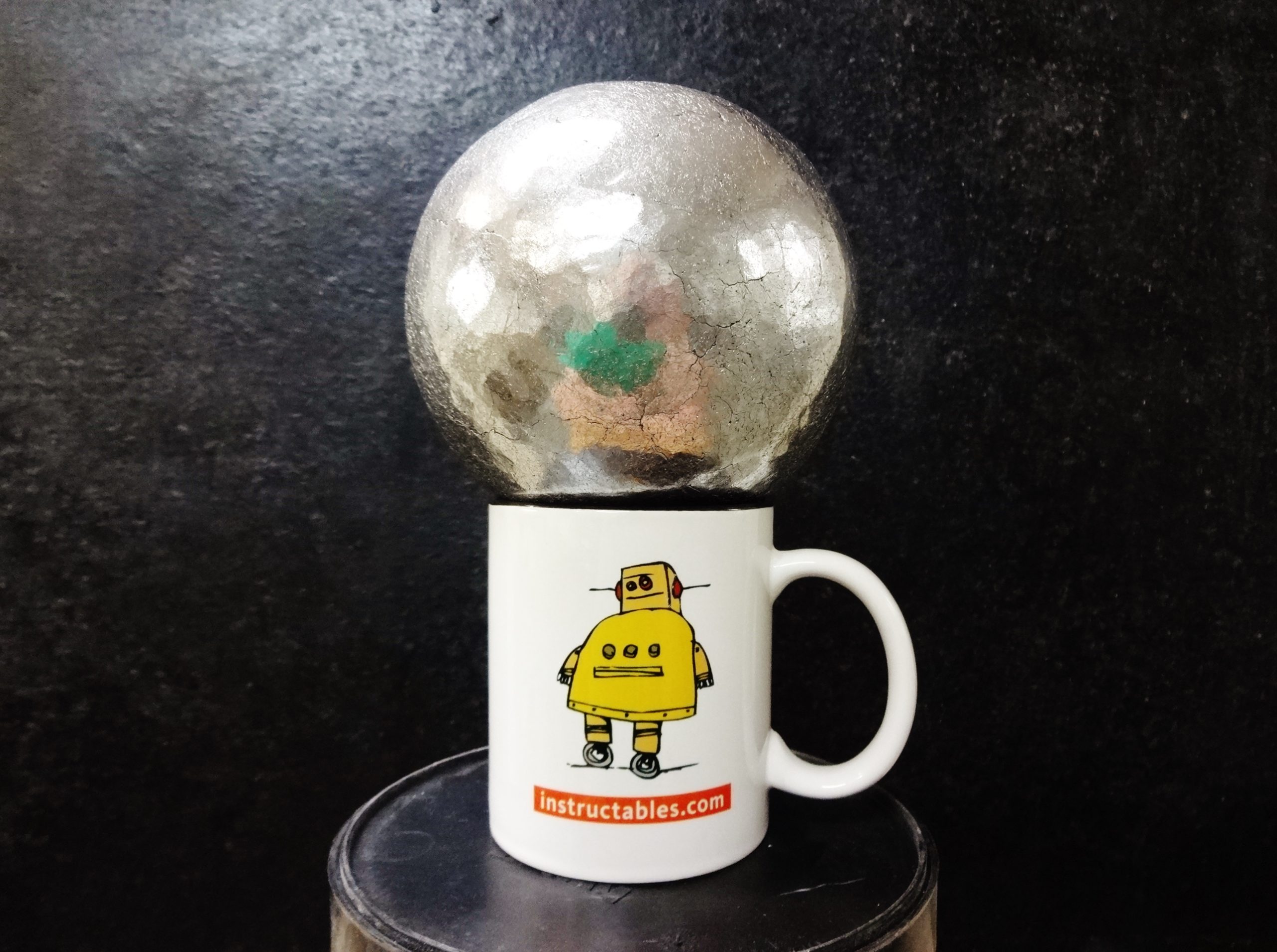
Sound Amplification and Reflection
Due to its reflective nature, tin foil can be shaped into a parabolic dish to concentrate sound waves, acting as a crude microphone or speaker enhancer. This experiment teaches about wave behavior and how different shapes affect sound propagation.
Sculptural Creations and Artistic Endeavors
Moving beyond pure science, creating intricate sculptures or even large balls out of tightly packed tin foil showcases the material’s artistic potential. Participants can explore form, texture, and structure, turning a mundane material into something visually captivating. This activity encourages creativity, spatial reasoning, and fine motor skills.
Environmental Awareness and Recycling
Incorporating discussions on recycling and the environmental impact of aluminum production can enrich tin foil experiments. Exploring ways to repurpose used foil, like transforming it into art or using it in future experiments, fosters a sense of responsibility towards sustainable living.
Safety Considerations
When conducting experiments with tin foil, especially those involving electricity or heat, safety should always come first. Ensure that all activities are supervised, especially when children are involved, and follow standard safety protocols to prevent injuries or accidents.
Creative Games and Challenges
In addition to scientific explorations, tin foil balls can also serve as a medium for engaging games and team-building activities, further expanding their utility beyond the realms of science.
Tin Foil Ball Challenge
Divide participants into teams and challenge them to construct the largest or most structurally sound ball using a limited amount of tin foil within a set time frame. This activity promotes teamwork, strategic planning, and creativity as teams experiment with different folding techniques and structural designs.
Foil Ball Obstacle Course
Create an obstacle course where participants must navigate a tin foil ball through a series of challenges without it touching the ground. This game tests hand-eye coordination, patience, and problem-solving skills, while also being a fun and energetic outdoor activity.
Tin Foil Ball in Education
In educational settings, tin foil ball experiments can align with various subjects beyond science. For instance, in mathematics, students can calculate surface area and volume changes as they manipulate the foil into different shapes. In history lessons, crafting tin foil replicas of historical artifacts can make learning more tactile and memorable.
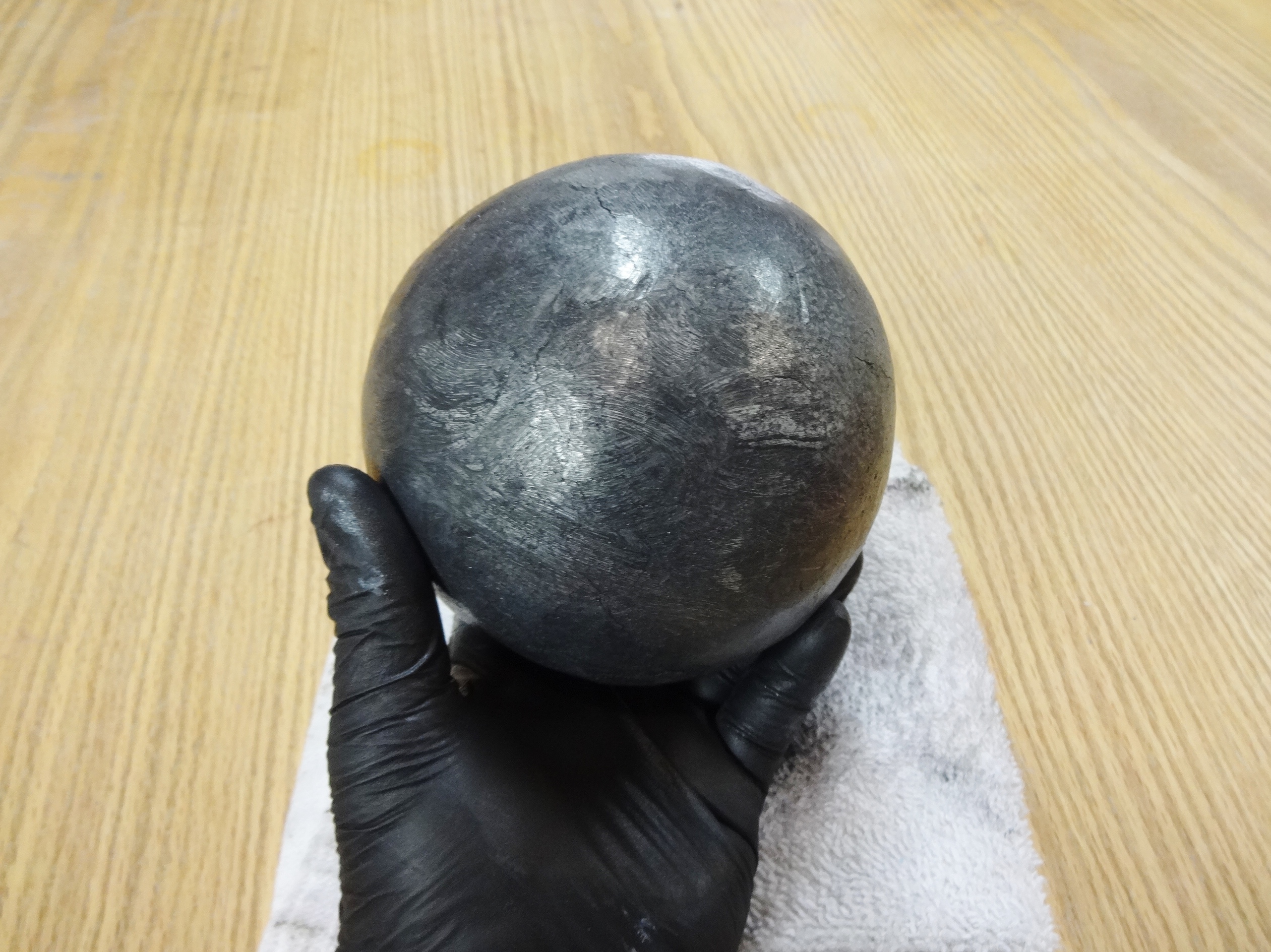
Conclusion
Tin foil ball experiments exemplify the fusion of scientific inquiry, creative exploration, and environmental consciousness. Whether used to explore fundamental scientific principles, create artistic masterpieces, or promote sustainable practices, tin foil offers a versatile and engaging medium for learners of all ages. By encouraging hands-on experimentation and interdisciplinary learning, educators and enthusiasts alike can unlock the full potential of tin foil as a catalyst for curiosity, discovery, and innovation. Embrace the limitless possibilities of tin foil and embark on a journey of creativity and scientific exploration today!

